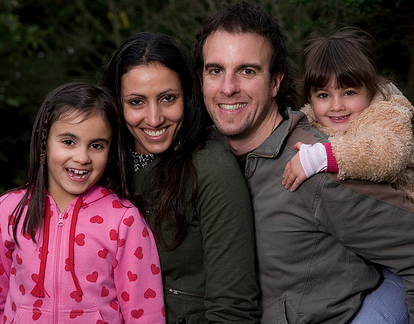LatinaLista — It doesn’t take a U.S. Census survey to know that Spanish is the second most spoken language in the country after English. A casual walk in most any major city in the country will feature hearing Spanish being spoken.
It’s no wonder. The U.S. Census reports that there are now 53 million Latinos in the U.S., “making people of Hispanic origin the nation’s largest ethnic or racial minority.”
Of the 53 million, 74 percent, ages 5 and older, spoke Spanish at home in 2011. The increase in Latino representation in the national population, along with speaking Spanish, has long been predicted and expected.
What hasn’t been expected is the rise in Spanish among non-Latinos.
A new analysis of the 2011 American Community Survey by the Pew Research Center (PRC) found that an estimated 2.8 million non-Latinos speak Spanish at home today — making Spanish the leading non-English language spoken by non-Latinos.
Quienes son esta gente? (Who are these people?)
The racial composition of non-Hispanic Spanish speakers mirrors that of the U.S. non-Hispanic population. Overall, three-quarters (77%) of non-Hispanics who speak Spanish at home are white, 14% are black, and 9% say they belong to some other racial group. Among the non-Hispanic U.S. population ages five years and older, 76% are white, 14% are black, and 9% are some other race.
But why are these non-Latinos speaking Spanish instead of Portuguese or French?
The reason is simple, and logical.
According to the PRC’s report, about 26 percent of non-Latino Spanish speakers live in a household where one member of the family is a native Spanish speaker. In fact, it was found that 28 percent of non-Latino Spanish speakers who are married live with a Latino/Latina spouse.
It follows what was discovered last year.
The U.S. Census released a report in 2012 that found the most common type of intermarriage was between Latinos and non-Latinos.
Forty-five percent of intermarried couple households in 2010 contained Hispanic/non-Hispanic couples.
As the Latino population continues to grow, bolstering the trend of intermarriage between Latinos and non-Latinos, it shouldn’t surprise, nor worry, anyone that tomorrow’s generation will most likely speak Spanish — because, in all probability, they’ll speak English too.



